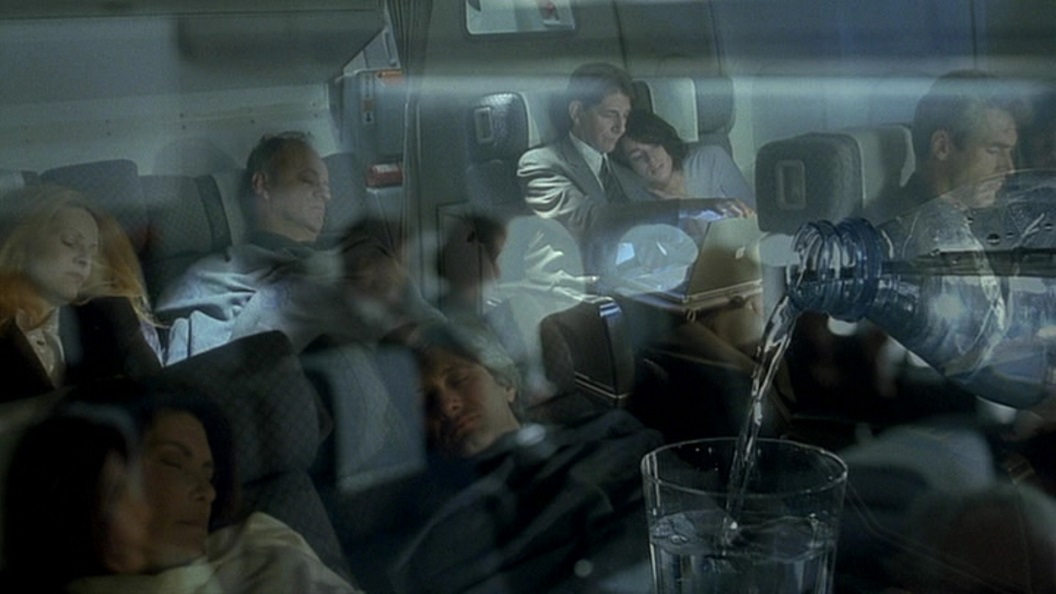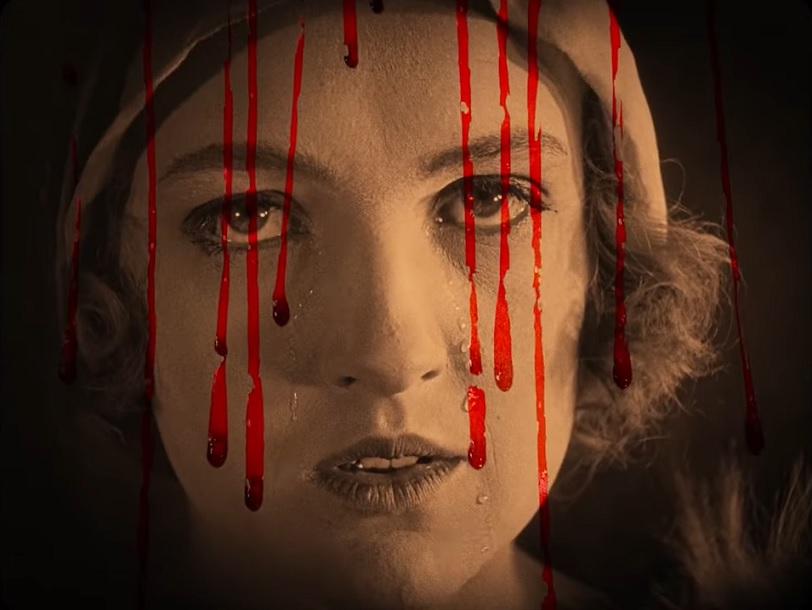CREATIVE CORE OF STAR WARS & INDIANA JONES ALSO WORKED ON DE PALMA'S 'MISSION: IMPOSSIBLE'

Norman Reynolds, the production designer on Mission: Impossible, has passed away at age 89. Steve Knibbs at the BBC shared the news:
Norman Reynolds, the British production designer and art director who won two Oscars for his work on Star Wars and Raiders of the Lost Ark, has died.Reynolds, 89, worked as art director on Star Wars: A New Hope in 1977 and took over from John Barry as production designer for the sequels.
Steven Spielberg previously said Reynolds was the "creative core" of the Star Wars and Indiana Jones films.
"He possessed that rare combination of humility and utter genius," he said.
Reynolds' notable design work included Yoda's planet of Dagobah, the carbon freezing chamber in which Han Solo was encased in carbonite and The Emperor's throne room.
The latter was reimagined as part of a destroyed Death Star in The Rise of Skywalker in 2019.
His influence on the Star Wars universe is still seen today with many of his designs incorporated in the look of the Disney+ series, The Mandalorian.
Spielberg asked Reynolds to work as production designer for Raiders of the Lost Ark in 1981, for which he won his second Oscar.

In a 1996 American Cinematographer article by Benjamin B, Reynolds discussed working with Stephen Burum on Brian De Palma's Mission: Impossible:
Like an IMF mission, the production of the film was a race against time, shooting on location in Prague and London, and on sets built within the vast Pinewood Studios soundstages. However, the film's British production designer, Norman Reynolds, notes that the film's European locales merely enhance its essential spirit. "Mission: Impossible is an American action film, in the best sense of the term," he says.Reynolds, who earned two Oscars for his memorable design work on Star Wars and Raiders of the Lost Ark, is well-positioned to comment on the relationship between the production designer and the cinematographer. “The designer [helps to set] the picture's tone in visual terms. Now that's apart from the cameraman, who obviously has the ultimate control in that area, because he can make it dark, light, colored or whatever. So what we designers do is very much in the hands of cameramen. I certainly stay in touch with the cameraman as much as I possibly can.
“While we were in Prague, Steve was obviously very involved in location scouting and preparing things, so there were times when he and I were separated. But when we moved to the studio, I involved Steve as much as possible in the set design. It was quite selfish really, because the easier I made Steve's job, the better the film was going to look. We liked working together, and that's really the name of the game."
In planning their visual design, Burum and Reynolds referred solely to the script and not at all to the television series. In fact, Burum confesses to having never really watched the TV show. "I remember a little from college, but I never got a chance to see an entire episode," he admits.
Following the natural divisions of the script, Burum created a different lighting approach for the missions in Prague, Virginia, and on the TGV train, producing a visual diversity and rhythm that enriches the film. The cinematographer summarizes the three moods he sought to evoke as "old Europe, America and new Europe."
...
The high-tech CIA computer room set is a good example of the collaboration between production designer Reynolds and Burum. Reynolds drew his inspiration from his previous set designs in Star Wars to create a space that was also a self-contained soft light source. This futuristic white room is a seamless integration of luminescent plexiglass panels with dozens of photofloods and 216 diffusion behind them. The effect is an expanse of shadowless whiteness. To ensure the purity of the white light, Burum overexposed the panels by about three stops to "burn out any color. It's an old photographic trick: if you want to get rid of oversaturation, you overexpose, and if you want heavy saturation to get a weird color, you underexpose."
Cruise wore a black outfit to retain contrast and sharpness in the extremely soft light. Burum says that much of the suspense in Mission: Impossible was created by trapping the protagonists in confined spaces. "Throughout the picture, the characters are stuck in airplanes, in elevator shafts, in air-conditioning ducts. There's no place to hide. If you get caught in a tunnel and there's somebody coming, you have no way out — it's that feeling of being completely vulnerable at all times."

Updated: Saturday, April 8, 2023 10:11 AM CDT
Post Comment | Permalink | Share This Post























